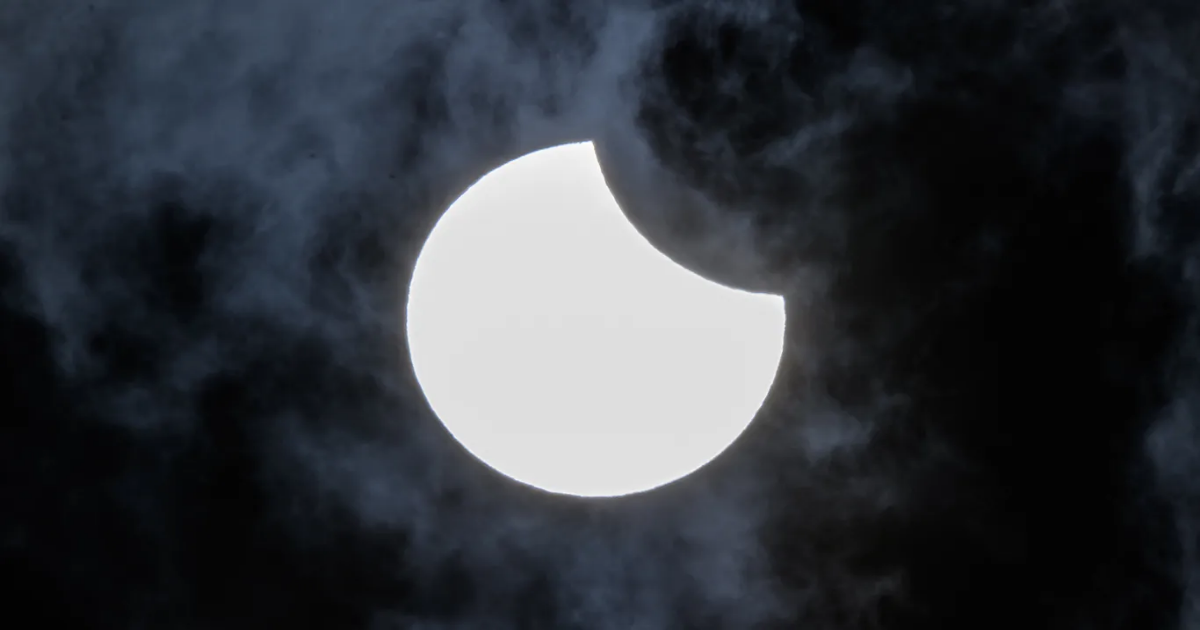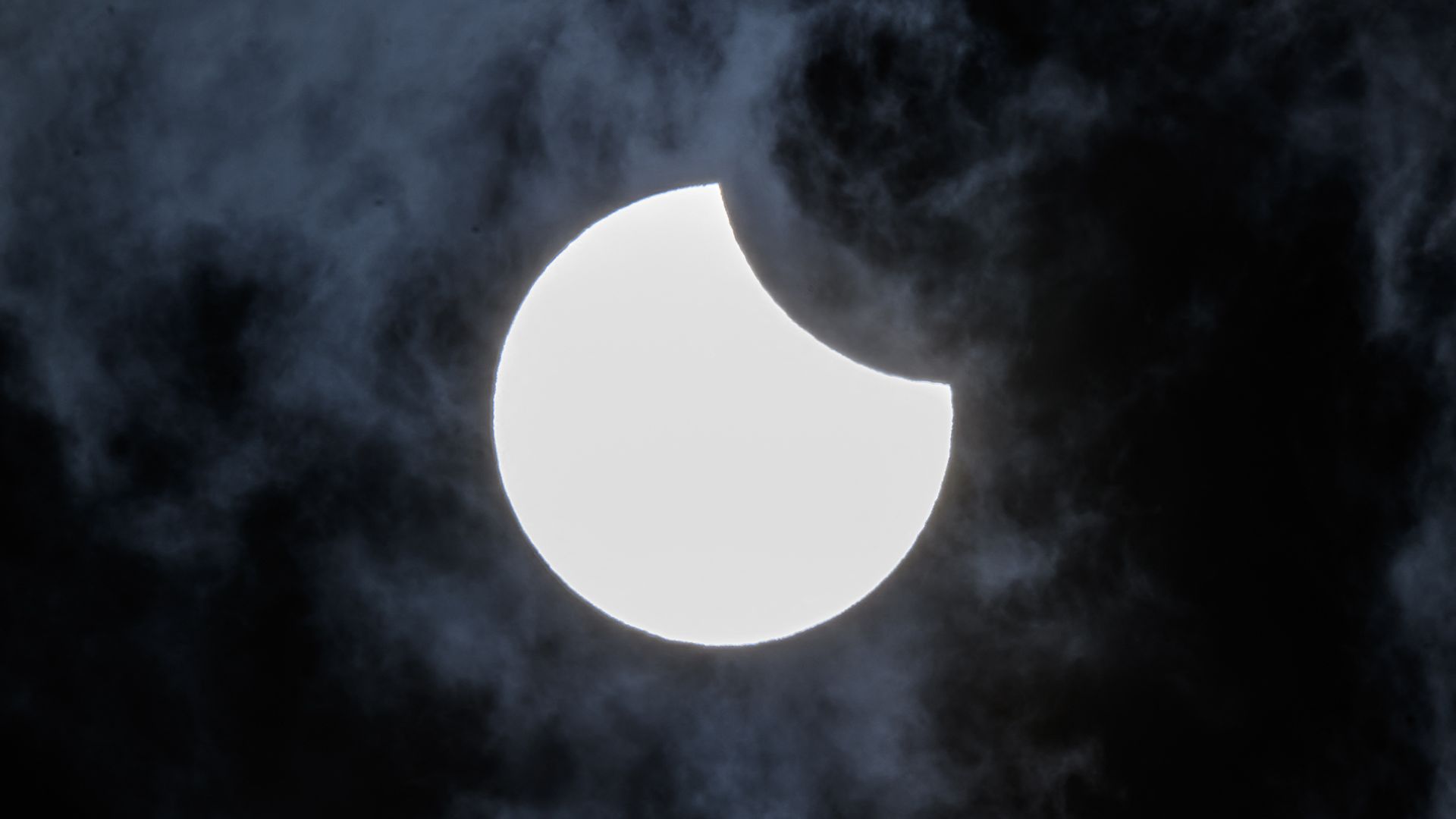 A partial solar eclipse seen from Nantes, Frances on March 29, 2025. Photo: Loic Venance/AFP via Getty Images
A partial solar eclipse seen from Nantes, Frances on March 29, 2025. Photo: Loic Venance/AFP via Getty Images
Saturday’s partial solar eclipse brought the rare chance to see a “double sunrise” for the northeastern part of the country and around the world.
The big picture: Photos captured Saturday morning showed a crescent-shaped Sun illuminating the sky.
State of play: Taking a glimpse of the eclipse without the right protective eyewear, like solar eclipse glasses, can cause severe eye injury.
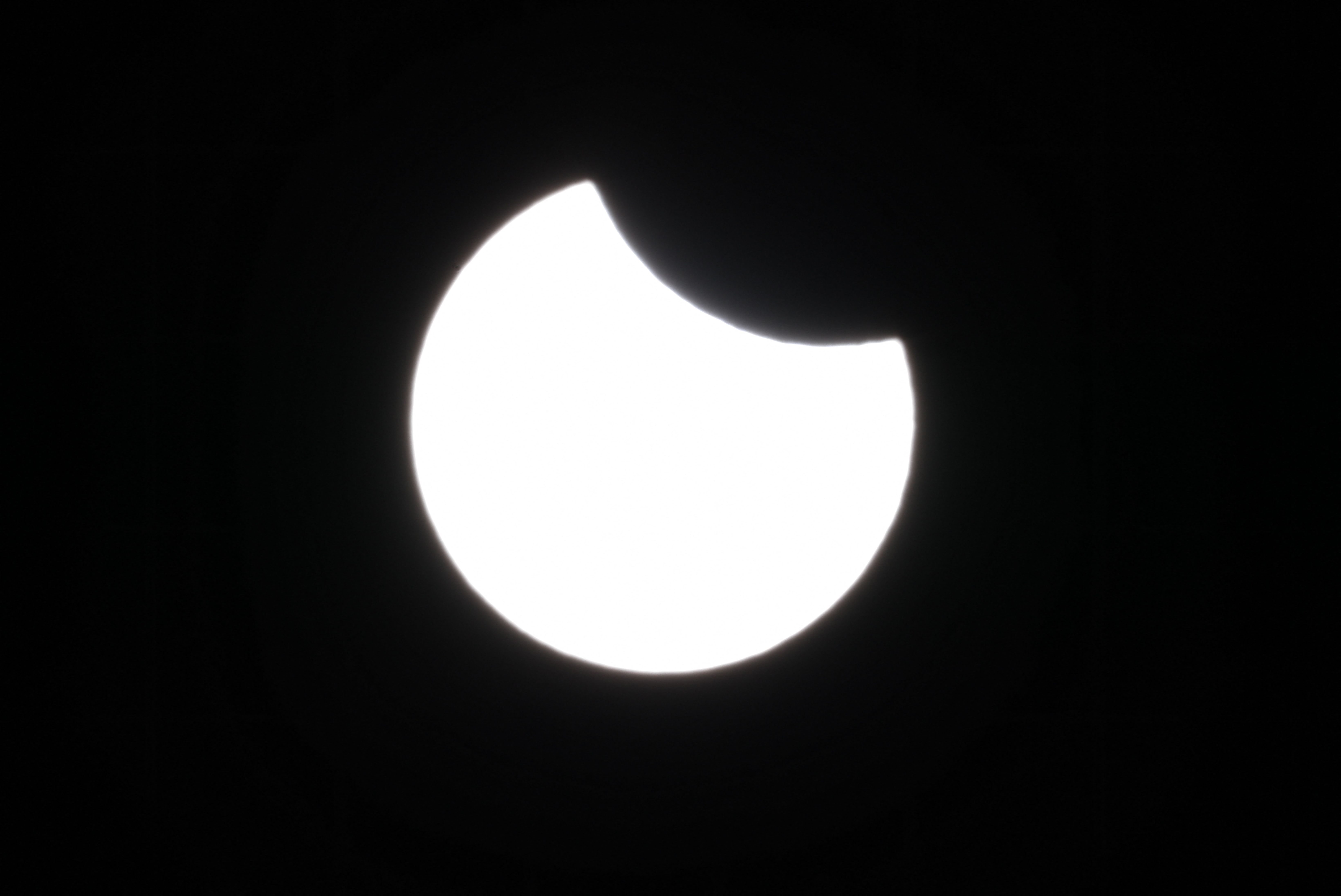 A picture taken on March 29, 2025 in Madrid, Spain shows a view of a partial eclipse, as the Sun is partially covered by the smaller dark disk of the Moon. Photo: Thomas Coex/AFP via Getty Images
A picture taken on March 29, 2025 in Madrid, Spain shows a view of a partial eclipse, as the Sun is partially covered by the smaller dark disk of the Moon. Photo: Thomas Coex/AFP via Getty Images
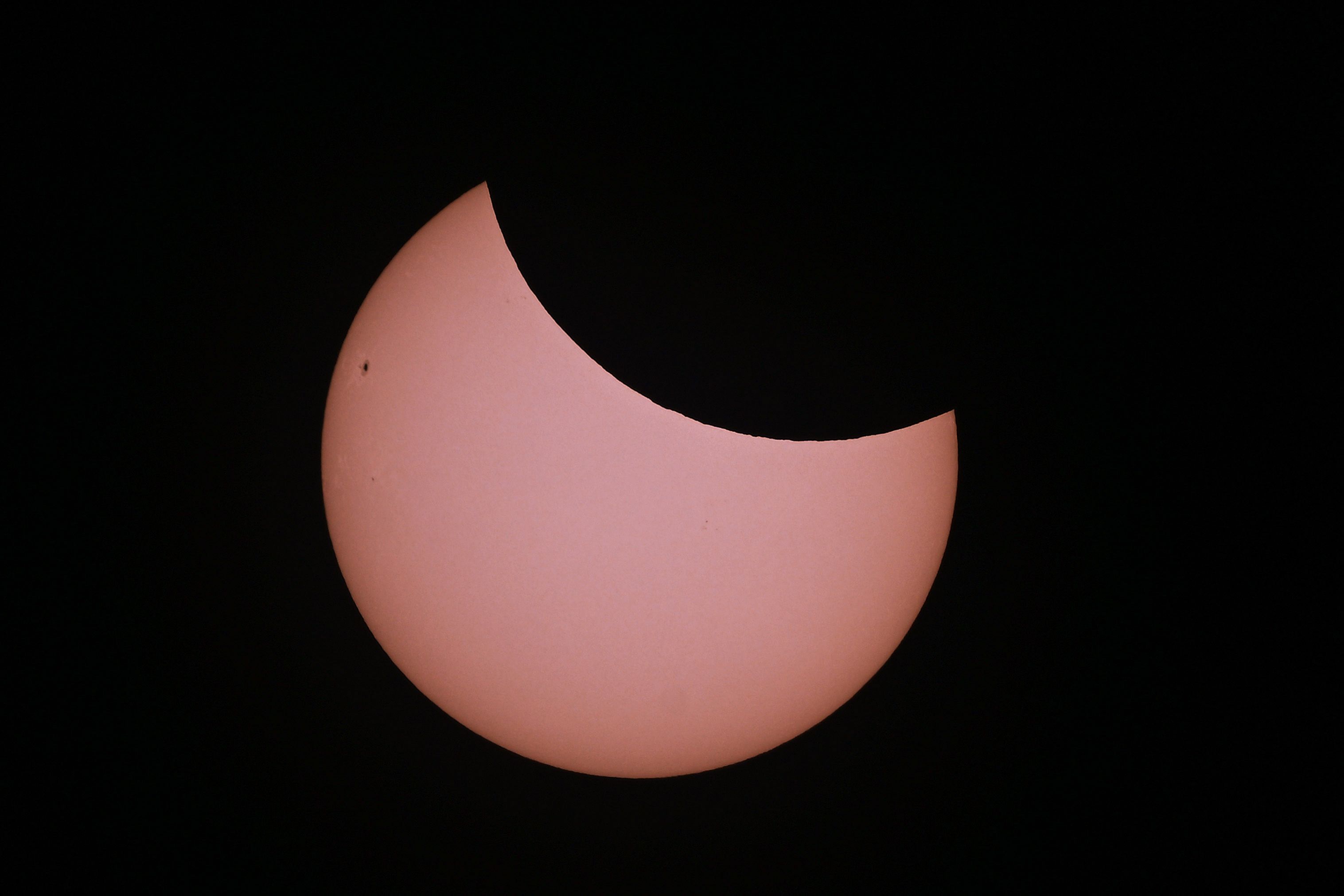
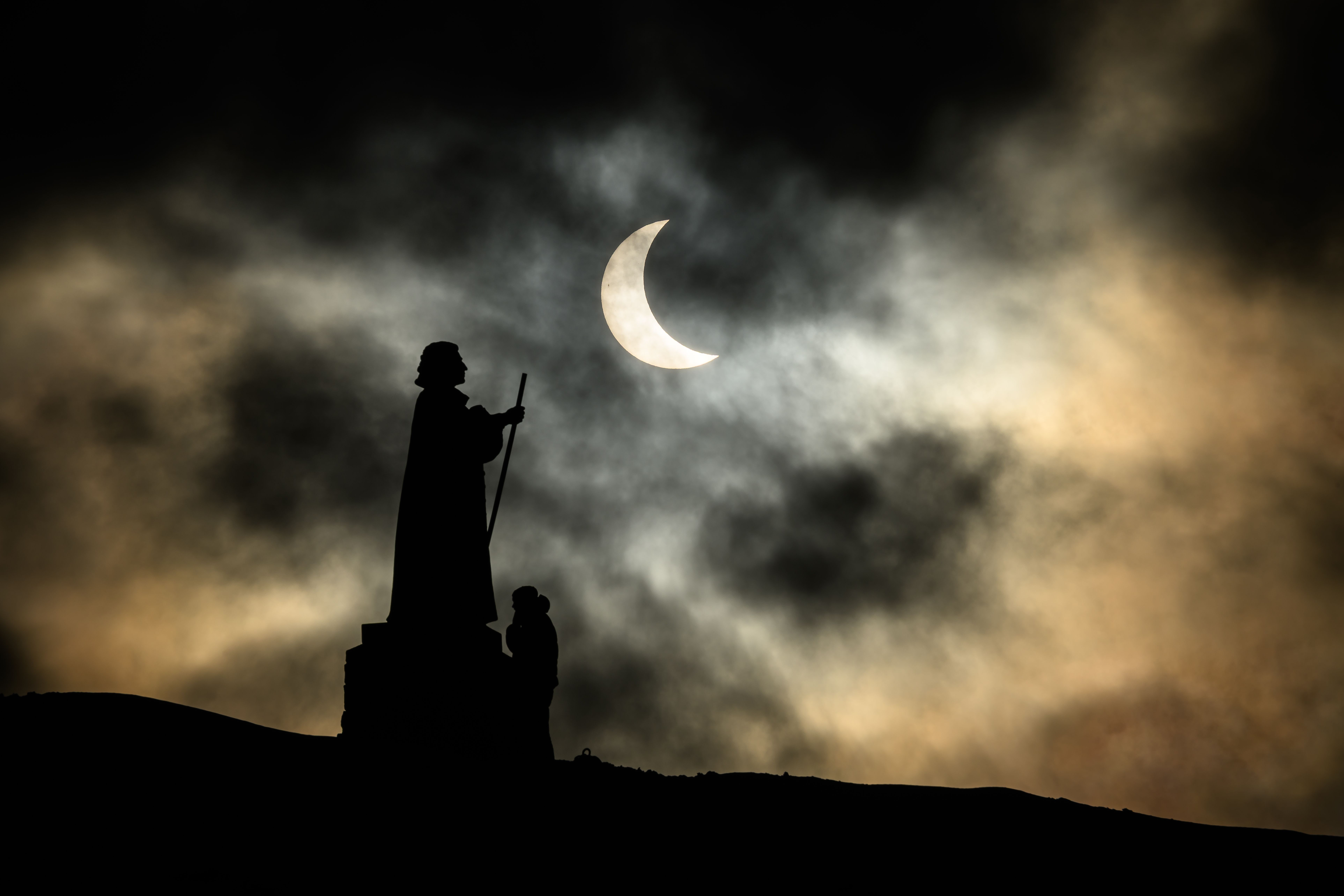 The statue of Dano-Norwegian Lutheran missionary Hans Egede is silhouetted during a partial solar eclipse on March 29 in Nuuk, Greenland. Photo: Leon Neal/Getty Images
The statue of Dano-Norwegian Lutheran missionary Hans Egede is silhouetted during a partial solar eclipse on March 29 in Nuuk, Greenland. Photo: Leon Neal/Getty Images
When is the next solar eclipse
What’s next: There will be a September 21 partial eclipse that NASA said will be visible from Australia, Antarctica, the Pacific Ocean and the Atlantic Ocean.
- On Feb. 17, 2026, there will be an annular solar eclipse “visible in Antarctica, and a partial eclipse will be visible in Antarctica, Africa, South America, Pacific Ocean, Atlantic Ocean, and Indian Ocean,” NASA said.
- On Aug. 12, 2026, a total solar eclipse will be visible in Greenland, Iceland, Spain, Russia, and a small area of Portugal, while a partial eclipse will be visible in Europe, Africa, North America, the Atlantic Ocean, Arctic Ocean and Pacific Ocean.
Next lunar eclipse
Between the lines: The March total lunar eclipse was the last one visible in the United States this year.
- There will be a total lunar eclipse on September 7 that will be visible from Europe, Africa, Asia and Australia.
- A March 3, 2026, total lunar eclipse will be visible from the Americas, Asia, Australia and the Pacific Islands, NASA said.
More from Axios:
